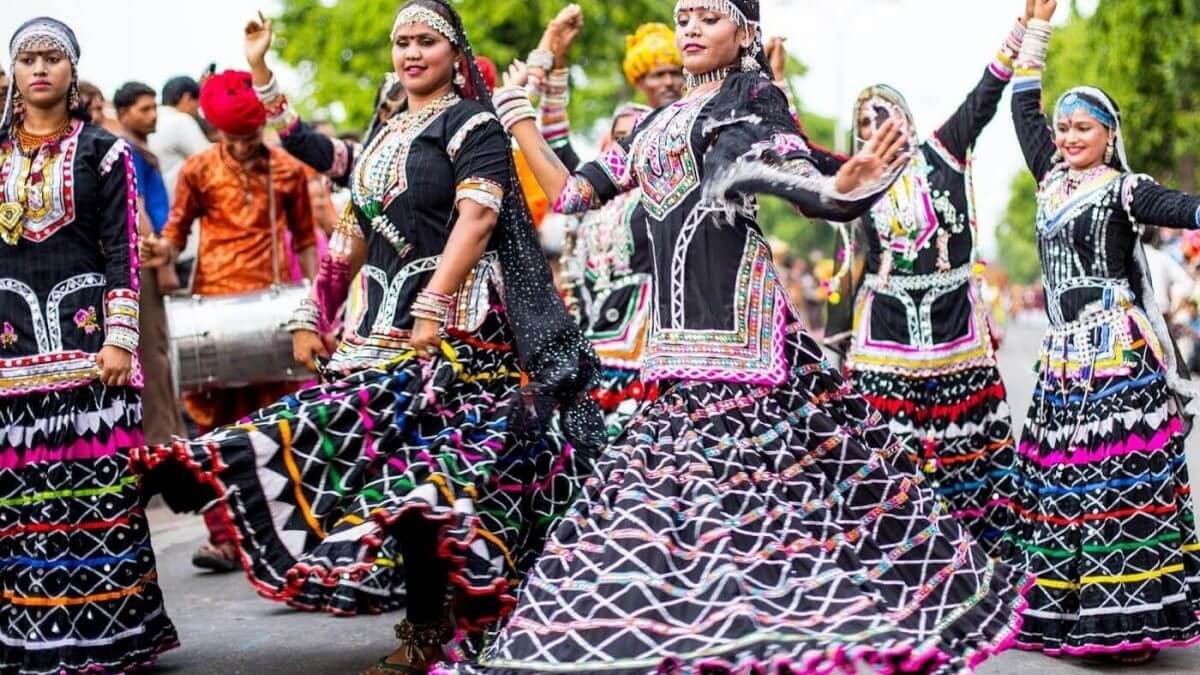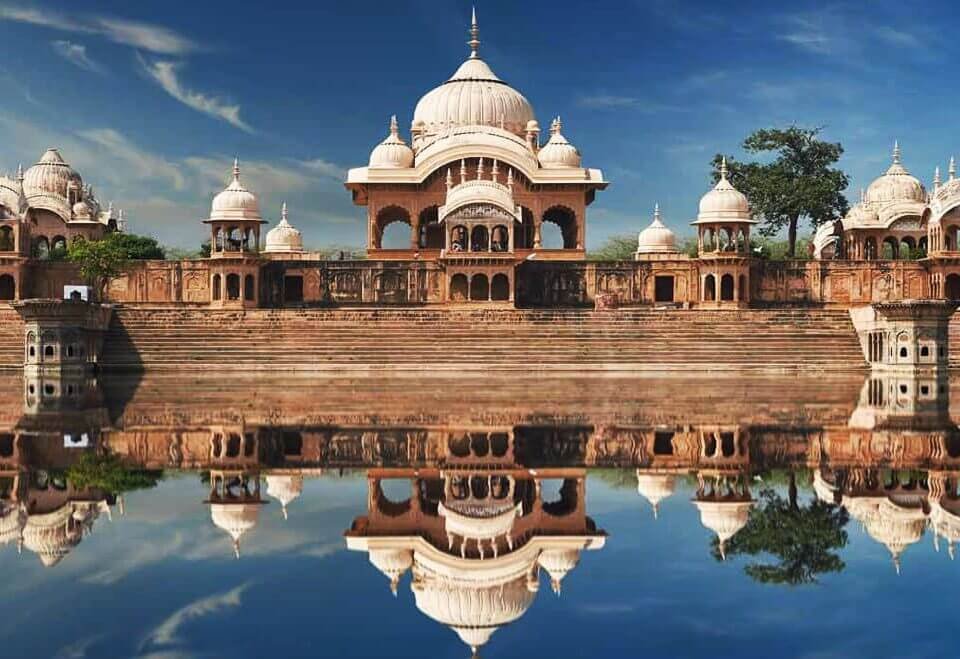
Exploring Mandawa
August 5, 2021
Popular Cities of Rajasthan
August 13, 2021Famous Dance of Rajasthan
Rajasthan is widely known for its dance forms. Their dance forms completely showcase their past legacy.
Some most famous Rajasthani dance forms are Ghumar, Kathputli, and Kalbelia.
Mostly the songs they prefer to perform these dances on are ballads narrating heroic deeds of rulers, significant incidents boasting conceits, or eternal love stories.
Rajasthani dance forms are too full of dexterity to copy just a mere glance. It can only be performed by a person who gains finesse in it by drilling them repeatedly.
Let’s have a glimpse of some of the Rajasthani Folk Dance forms! It has many dance Forms in Rajasthan
Rajasthan Folk Dance
Ghumar
The word Ghoomar was derived from the word ghumna. Even though Ghumar was an internationally recognized folk dance form, It earned huge fame when it was screened in the Bollywood movie Padmavat.
Ghumar was introduced by the Bhil Tribe.
Initially, it Dance performed by local women of the Rajput’s reign and then Rajput’s elite women too started performing Ghumar. Men were not allowed at these dances. It was conducted on special occasions like weddings, festivals, and newlyweds were also asked to perform ghumar in their marital house.
Songs picked were traditional such as Gorband, Podina, Rumal. The more you watch Ghumar the more you would want to praise it and try it.
Ghumar holds a fourth position among the top ten dances in the world. It is a traditional Dance of Rajasthan.
Bhavai Dance
BhavaiDance was performed in the past by females of Jats, Bhil, Raigar, Meena, and the Kumhar community.
In this dance form, women balance up to 22 metals or brass pitchers or earthen pots on their heads and their feet gripping the side of a glass or brass plate, then they swirl their hands and waist accordingly with the rhythm creating nimble movements charmingly and elegantly while
Male performers sing melodious songs and play instruments like Dholak, Jhanjhar, Sarangi, or harmonium.
Dandiya Raas
Dandiya Raas is a socio-religious folk dance form. It is greatly famous in Jaipur. It is performed mostly during Navratri in all parts of the world.
Girls wear heavily embroidered ghagra choli and Rajasthani jewellery while males wear kurta pyjamas with a turban.
Dancers pair up and hit colourful small sticks called dandiyas with their partners and then switch partners forming a circle. The grace and the coordination dancers possess look magically adorable. The sight looks as loud and fun as it can be. People can be seen dancing, grooving, humming, and singing songs at the top of their lungs, enjoying Raas to the fullest.
Kalbelia Dance
Kalbelia dance was introduced by the Kalbelia tribes of Rajasthan. This dance showcases their serpent culture. It is performed mostly during the Holi festival.
Women wear rich embroidered garments with heavy mirror works called Angrakha on the upper body and lehenga from the waist. On top of it, they carry odhani and Rajasthani jewellery, all this ornamentation augments their ambidexterity. Women swirl and slightly twist replicating snake moves. Males play instruments such as Dholak or Pungi. The beats are so lively and sensational that they can make your heart sing and your feet jump.
Songs for this form are taken from mythology and folklore. In 2010, kalbelia folk songs and dances were declared as a part of its Intangible Heritage list by Unesco.




